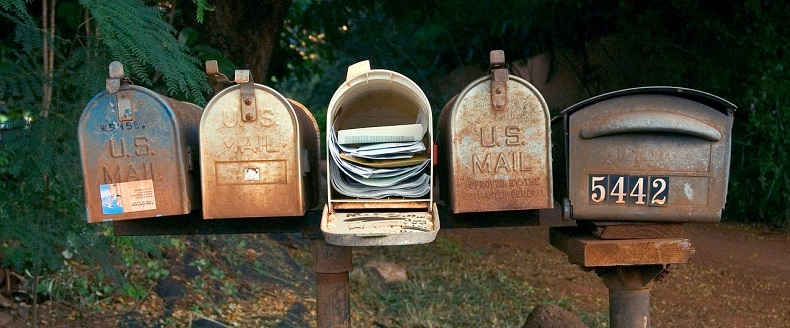New Epolitics.com contributor! Paula Noonan is the owner of CapitolContact.com, an online email advocacy platform that includes message-aggregation for delivery to decisionmakers. She’s worked in the political arena since the summer of 1972 — during the Nixon-McGovern presidential election — when she was appointed as the first girl elevator operator in the US Capitol, sponsored by US Senator John Tunney from California.
Think, for a moment, about digital grassroots advocacy from a lawmakers’ point of view. They’re the target of hundreds, even thousands of electronic messages daily, especially if a hot issue is involved. When lawmakers don’t have enough staff for processing, emails become an unwelcome bombardment. Too much incoming fire blows things up instead of producing solutions to complex policy issues.
Lawmakers have a technical term for the onslaught: robo-email, robo-tweeting, and robo-facebook trolling.
Email volume can kill a message
Email is the principal source of frustrating volume. When hundreds of emails hit an inbox, they need to be sorted by issue and constituents, tallied, and stored. Then emails get deleted or archived. The process is inefficient and tiresome.
Take advantage of email’s virtue
On the plus side, grassroots email advocacy can create the most personal and productive communication between lawmakers and constituents. Advocates have convincing stories to tell that reveal impacts of policy decisions that lawmakers may not know about. Legislators need personal insight from your supporters to enable them to visualize how legislation will play out on work, industries, the environment, families, and communities over time.
Petition vs. personal messaging
Developing the right strategy for your advocates’ communication will make the difference on your results. The critical decision involves how much control you want over your organization’s message.
As advocacy leaders, sometimes you want total control over what legislators see. You need supporters to confirm the message. If that’s the case, then a petition model works best. You don’t need to send legislator targets hundreds of individual emails with the same message. Rather, you can bundle up hundreds of signatures along with your message to send to lawmakers. That way, you don’t stuff their inboxes with the same words, over and over again.
In other instances, it’s important to let your members speak directly to lawmakers. That’s when you want to give your supporters control over the email subject line and message content. Subject line control allows each email to have individual content show up in the inbox list to avoid the “form letter” appearance.
Supporter message control allows them to convey their individual perspectives on issues. Lawmakers use this content to understand legislation and to inform their colleagues about potential impacts. Giving message control to supporters may feel chancy to advocacy leaders because of content off the rails, but ultimately, it’s very powerful.
Take advantage of your email advocacy platform
Here are some features to look for in legislator email platforms that can help you with your advocacy communication decision-making:
- Allows advocate control of the email subject line
- Enables individual advocate message content
- Uses district and/or zip code matching
- Offers advocacy leader selection of supporter emails to send out
- Provides supporter message packaging so many supporter emails or petition signatures can be bundled into ONE email packet to send to lawmakers
Lawmakers take on the job to create policy they believe will support their constituents, communities, and business. Associations and organizations have the job of educating and informing legislators about the potential impacts of policy. Your supporters are the constituents most affected. Getting their message in the right format to the right people at the right time produces the best results.
For another take on the email bombardment question, see Dave Leichtman’s post from 2014, The Email Gauntlet: How Democratic Online Fundraisers are Tempting Fate.

